(b) If the principal source point S was to be moved a little upwards, towards the slit S1 from its usual symmetrical position with respect to the two slits S1andS2 discuss how the interference pattern, obtained on the screen, would get affected.
If main source is shifted towards S1 the intensity S1 will be more and central bright on the screen will not remain as bright. The path difference of two rays meeting at central of screen will no more be zero.
Fringe width and position of secondary maxima and will minima will also get affected.
Related Playlists
- BOOK - XII BOARDS PREVIOUS YEARCHAPTER - XII BOARDSEXERCISE - Section -A15videos
XII BOARDS
- BOOK - XII BOARDS PREVIOUS YEARCHAPTER - XII BOARDSEXERCISE - Section -B12videos
XII BOARDS
- BOOK - XII BOARDS PREVIOUS YEARCHAPTER - XII BOARDSEXERCISE - SECTIONS-E4videos
XII BOARDS
- BOOK - XII BOARDS PREVIOUS YEARCHAPTER - SAMPLE PAPER 2019EXERCISE - SECTION D6videos
SAMPLE PAPER 2019
Similar Practice Problems
- Question 1 - Select One
Two coherent point sources S1 and S2 are separated by a small distance d as shown. The fringes obtained on the screen will be
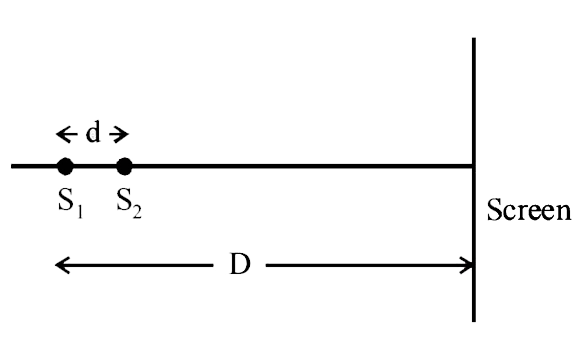 ApointsBstraight linesCsemi-circlesDconcentric circles
ApointsBstraight linesCsemi-circlesDconcentric circles - Question 1 - Select One
Two coherent point sources S1andS2 are separated by a small distance 'd' as shown. The fringes obtained on the screen will be :
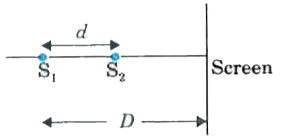 Astraigth linesBsemi-circleCconcentric circlesDpoints
Astraigth linesBsemi-circleCconcentric circlesDpoints - Question 1 - Select One
In the set up shown in figure, the two slits S1 and S2 are not equidistant from the slit S. The central fringe at O is then
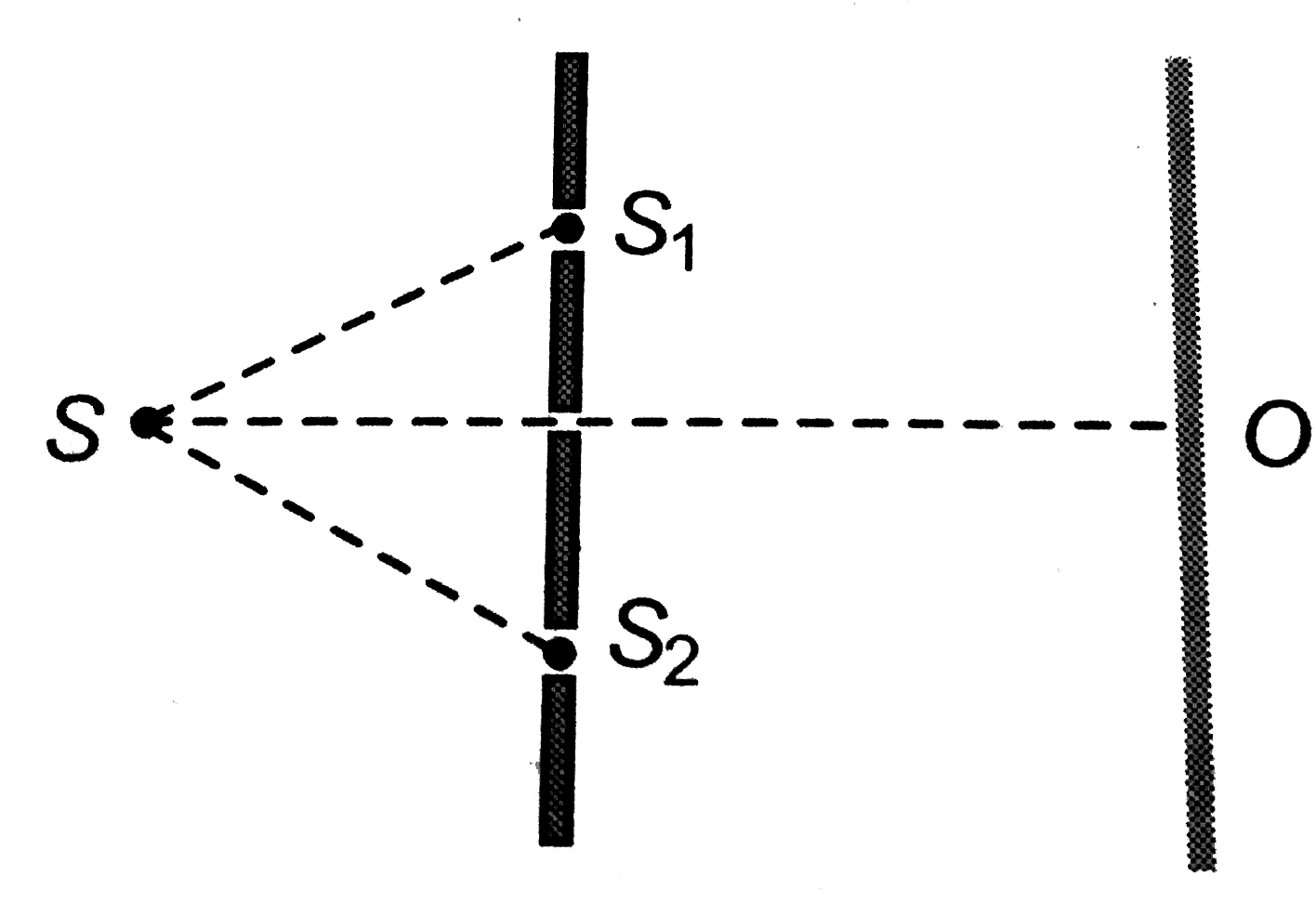 A(a) Always brightB(b) Always darkC(c) Either dark or bright depending on the position of SD(d) Neither dark nor bright
A(a) Always brightB(b) Always darkC(c) Either dark or bright depending on the position of SD(d) Neither dark nor bright - Question 1 - Select One
In figure, a screen is placed normaol to the line joining the two point coherent sources S1 and S2. The interference pattern consists of concentric circles.
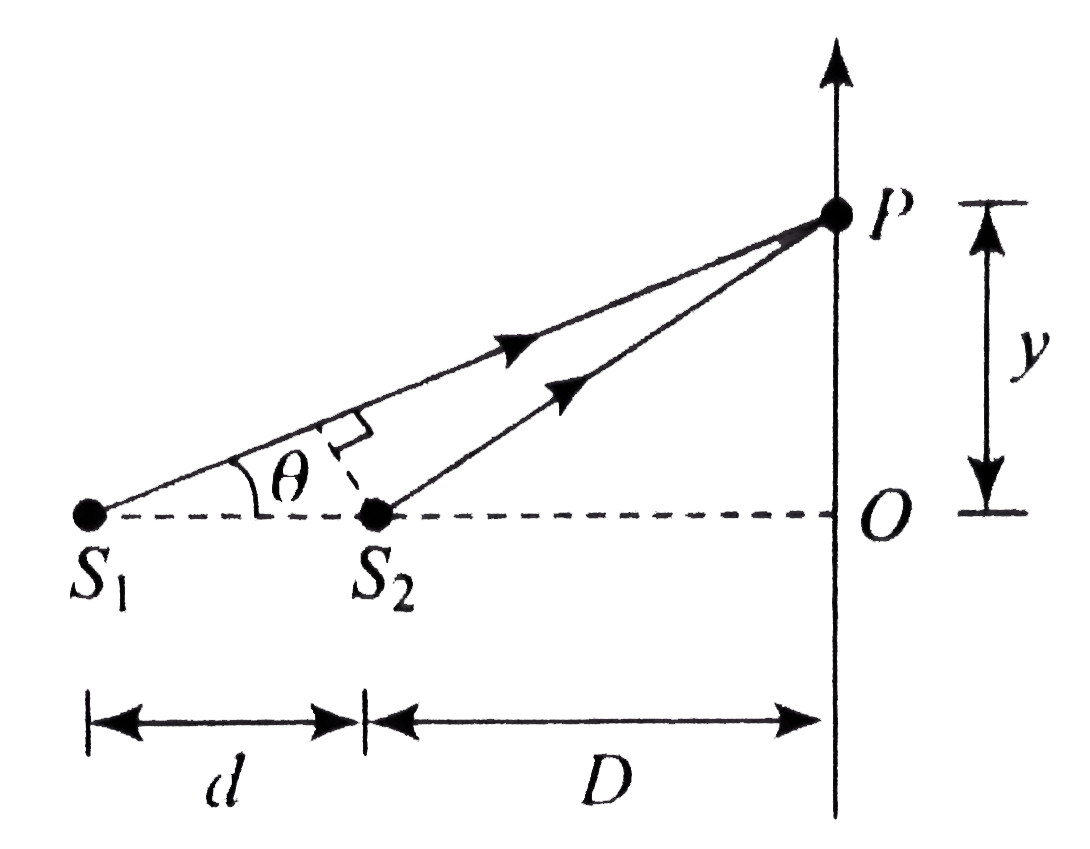
Also, find the value of radius for this ring.A6.32 cmB5.52 cmC4.7 cmD3.25 cm - Question 1 - Select One
In figure, a screen is placed normaol to the line joining the two point coherent sources S1 and S2. The interference pattern consists of concentric circles.

Find the radius of the nth bright ringAD√1(1−nλd)BD√2(1−nλd)C2D√2(1−nλd)DD√2(1−nλ2d)
Similar Questions
In an interference experiment, the two slits S1andS2 are not equidistant from the source S. then the central fringe at 0 will be
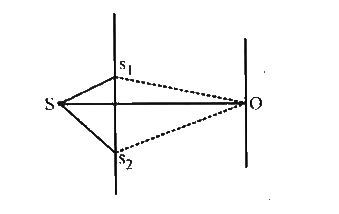 View Solution
View SolutionIn a young’s double slit experiment the distance between slits S1 and S2 is d and distance of slit plane from the screen is D(>>d). The point source of light (S) is placed a distance d2 below the principal axis in the focal plane of the convex lens (L). The slits S1 and S2 are located symmetrically with respect to the principal axis of the lens. Focal length of the lens is f(>>d).
Find the distance of the central maxima of the fringe pattern from the centre (O) of the screen.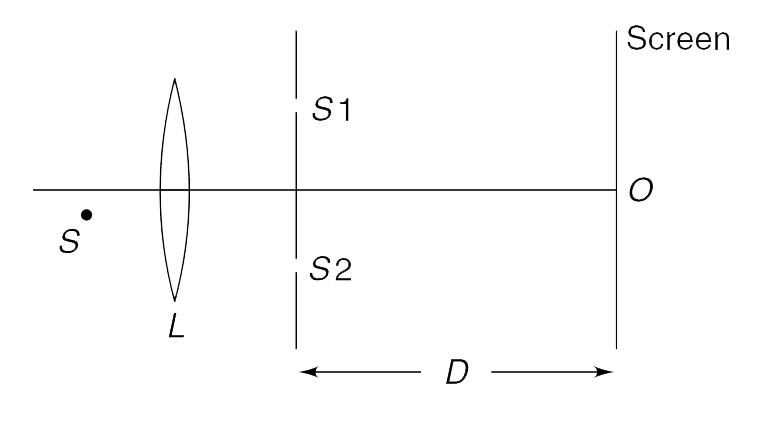 View Solution
View SolutionIn the arrangement shown, S is a point source of monochromatic light. S1 and S2 are two slits located sym- metrically with respect to the source with separation between themd1. Parallel to this slit plane there are two more slits (S3 and S4) at separationd2. These slits are also symmetrically located with respect to S. A screen is at a distance L2 from this slit plane. How does the intensity on the screen change with y and d1?
 View Solution
View SolutionFind the ratio of intensities at the two points XandY on a screen in Young's double slit experiment, where waves from the two source S1andS2 have path difference of zero, and λ/4 respectively.
View SolutionA double slit S1−S−2 is illuminated by a coherent light of wavelength λ. The slits are separated by a distance d. A plane mirror is placed in front of the double slit at a distance D1, from it and a screen ∑ is placed behind the double slit at a distance D2, from it . The screen ∑ receives only the light reflected by the mirror. Find the fringe-width of the interference pattern on the screen.
 View Solution
View Solution

